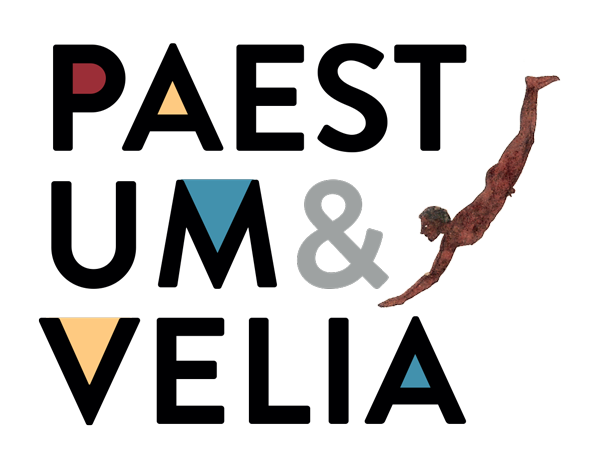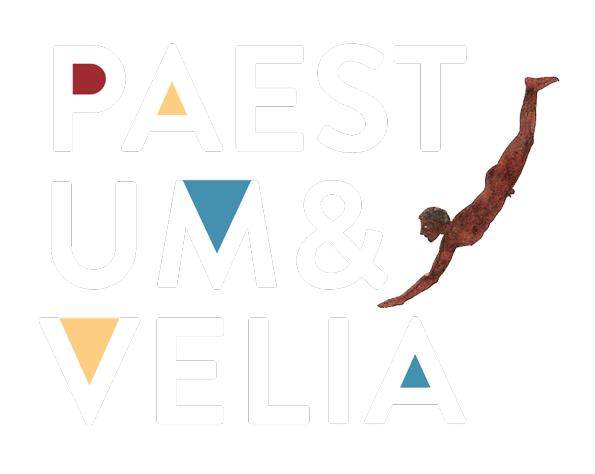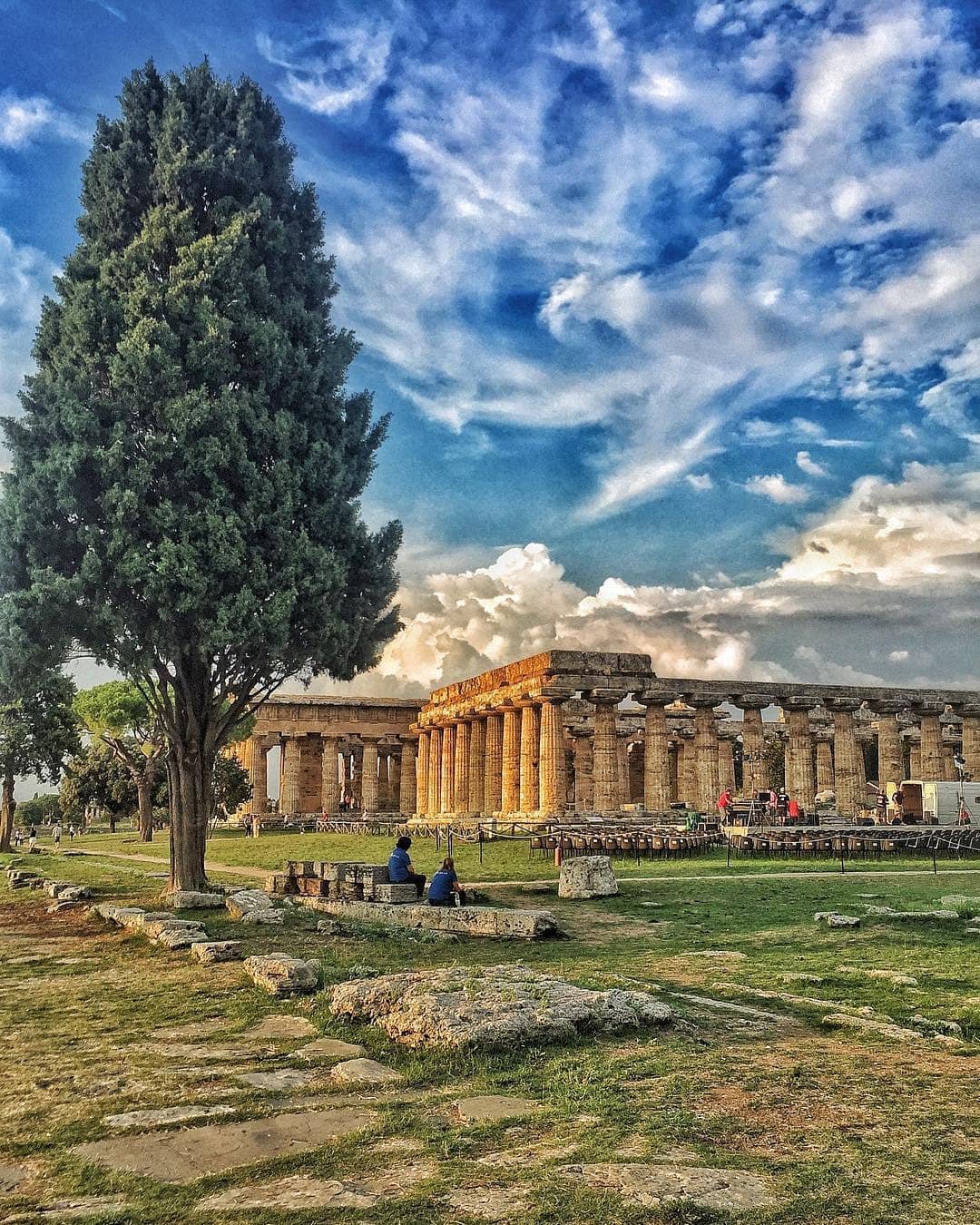DISCOVERING PAESTUM IN THE DIGITAL ERA


ear Readers,[br]
the so-called minors make up for about half of our visitors. The situation is not so different from the other museums and archaeological parks in Italy and in the world. And not only because there are schoolchildren, but also indeed because often the museum visit is an occasion for a family outing with the little ones. Therefore, many museums organize activities for kids: laboratories, guided tours, publications. Guides and catalogs of exhibitions are issued in two versions, one for kids and one for adults. The fact that the latter sometimes prefer reading the “kids” version” is another matter… This is how we did it for the exhibition “The invisible image: the Tomb of the Diver fifty years from discovery”. The kids’ version of the guide is called “Dionysus, the hiding god”.[br][br]
Working with children is a great challenge; all those who have worked as guides in museums and archaeological parks know this. The little ones are frank and sincere. While adults, due to good manners, hold back even when something is awry, children make no concessions. As soon as the attention level goes down, they draw attention. I remember the first tours I did as a guide at Pergamon-Museum in Berlin during my Ph.D. I got to the end of the tour drenched in sweat and deprived of my scientific ambitions to present the young visitors the largest possible number of details and dates. Surviving was key. Not losing them. I believe it is the best school for an archaeologist who wants to work in the museum setting.[br]
But there is a limit to everything, or at least so I thought. I would never have imagined I would reach children as young as two. It is an age range which is usually excluded by the array of teaching activities of museums. And yet I have discovered it is possible to reach even this audience.[br]
What convinced me– with facts, not with words – was Master Walter Maioli who, together with the Synaulia group, has organized children laboratories since early July. Every day at 12:00, except Mondays. All free, since it is backed by the museum within the framework of its mission. Well, the other day I saw the participation of a 2-year old child. It is true that this kid will not be able to say the date of the Temple of Neptune when he leaves. But he will still have had an experience he will associate with Paestum. Compared to the experience that many young kids usually have in museums – at best, they will remain indifferent – this is a different approach, which is surely promising for the future. This is also good for parents, since this time they will not need to struggle with the little ones getting bored after 5 minutes.[br][br]
![]() [br]
[br]
Director of Paestum Archaeological Park






